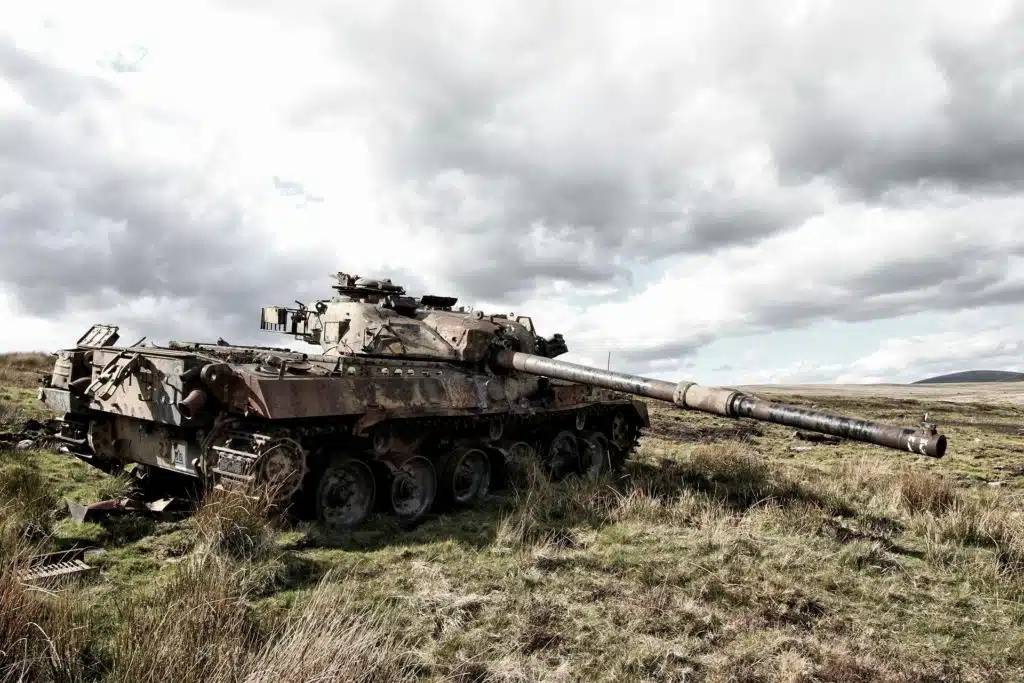
Research conducted by former Fresh Science participant Dale Robinson has been covered in the 2020-2021 edition of Defence Science and Technology’s Outlook magazine.
Dr Robinson is a biomedical engineer at the University of Melbourne.
Minimising severe injury from blast events on military vehicles
Blast events inflicted on military vehicles are a consistent threat in contemporary conflicts. Developing equipment that better protects soldiers from this threat has become the focus of significant military research. It is critical to understand how severe injuries are inflicted and how forces from blast events are transmitted to the human body in order to strengthen blast protection for soldiers.
Biomechanics researchers at the University of Melbourne, in collaboration with the Defence Science and Technology Group (DST), have developed simulations to replicate the extreme loads placed on the human body during a vehicle-based blast event. These models will be the key to unlocking the mystery of injury mechanisms and will inform decisions on vehicle design in future. A mine or improvised explosive device (IED) attacking an armoured vehicle generates a blast wave causing substantial underbelly damage to the vehicle and trauma to its crew. Traumatic injury can occur even when a vehicle retains structural integrity.
The criteria for predicting injuries is traditionally derived from aircraft or car crash scenarios, which have limitations when describing the vertical loading directions for underbelly blasts. The research looks to address this knowledge gap by providing important data on the injury risk from blast events.
The spine and pelvis were a key focus in this work. Spinal cord injury and pelvic fractures are of major concern, as they are often fatal or cause life-long disability. Dr Dale Robinson, a researcher in Biomedical Engineering, developed a specialised loading system that subjected human tissue to the extreme accelerations of a blast event – critical for understanding injury initiation and progression.
“This information is not exclusive to military applications, but it provides insights to injury prevention across other trauma areas such as falls or sporting accidents,” says Dr Robinson.
Read the full story: https://faircountdigital.com.au/publication/defence-science-and-technology-2020-2021/





 Fresh Science is on hold for 2022. We will be back in 2023.
Fresh Science is on hold for 2022. We will be back in 2023.